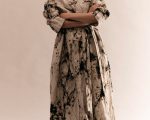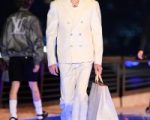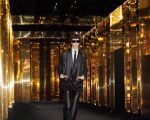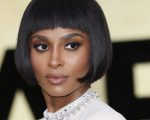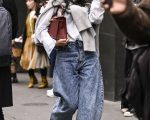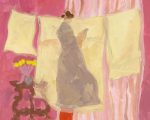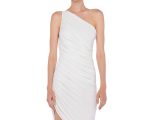The original post is located at wwd.com
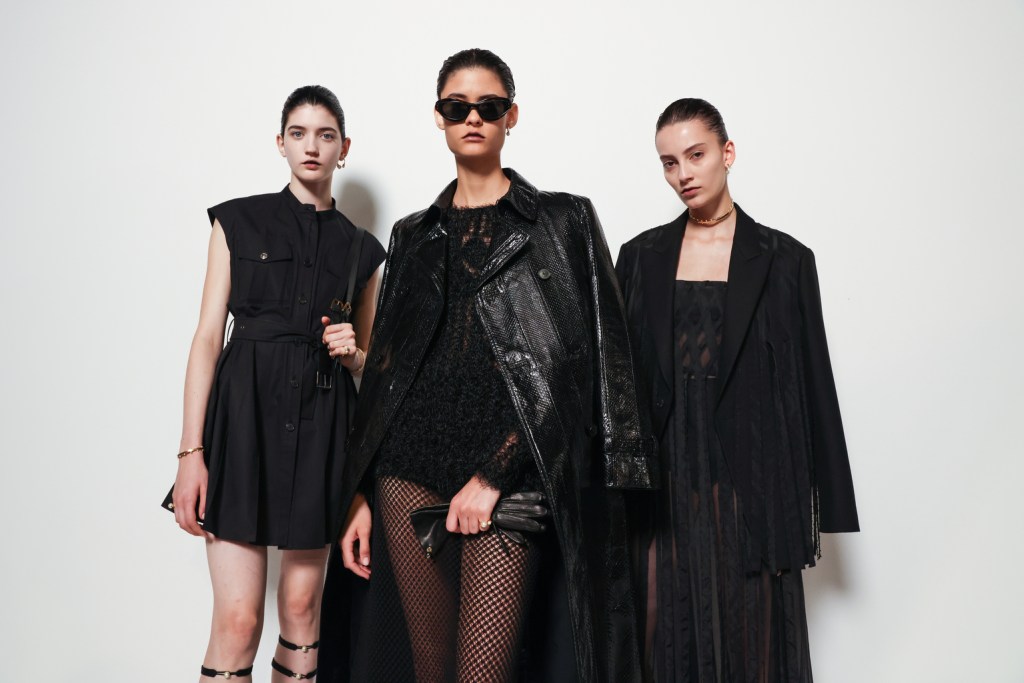
Maria Grazia Chiuri knows all about gender bias. Ever since she became the first female creative director of womenswear at Dior in 2017, she’s faced carping from critics who view her efforts to create wearable wardrobe options for women as bland commercialism.
Not only has she stuck to her guns, helping to fuel exponential growth at the French fashion house, but she routinely skewers the sexist stereotyping that her haters thrive on. To broadly summarize: when a male designer shows a salable collection, he has his finger on the pulse; when a woman does so, she lacks creativity.
“Absolutely! No doubt about that,” Chiuri exclaimed during a fitting. “But it’s because the geniuses are only men,” she added ironically.
To those who believe she wants to make comfortable clothes for women in order to sell more, she has a simple response. “No, it’s because I want them to be comfortable, because I don’t understand why we have to be uncomfortable,” she said. “It comes from this idea that I make some choices not because it’s my creative process, not because it’s my values, but for other reasons.”
The conversation arose because her show set this season was an immersive video installation by Italian artist Elena Bellantoni that subverted advertising imagery to challenge the male gaze, via feminist slogans writ large on the walls of the stiflingly hot cube-like tent in the Tuileries gardens in Paris.
Chiuri thinks it’s important to develop a critical eye, at a time when social media platforms pour out a torrent of images. “This is also a way to question myself because I received these images and probably I didn’t realize it so much in the past. Now, I have another maturity,” she reflected.
“As a creative director, someone that works also with images, because I am part of this industry too, the risk is that I reproduce stereotypical ideas,” she added. “It’s also my responsibility.”
No danger there. Her lineup for spring was classic Chiuri: a mix of feminine and tomboyish elements rooted in the archives of the house, in this case, founder Christian Dior’s 1948 Abandon dress, with its surprisingly sensual asymmetric neckline flashing an expanse of shoulder.
Her version was slightly looser around the waist, while spin-offs included cutaway shirts with a single extra-long sleeve, which were worn with everything from pleated skirts with inky prints to a pair of faded blue workwear pants. Boyfriend blazers were a modern alternative to the house’s signature hourglass Bar jacket.
Items including a black apron dress featured a ghost-like print of the Eiffel Tower that was based on a photograph by Brigitte Niedermair, one of Chiuri’s roster of all-female photographers, though it bore a startling resemblance to a similar image by Hiroshi Sugimoto. More distinctive were the X-ray floral motifs, and pagan-style sun symbols woven into crochet slips.
Chiuri’s procession of all-black looks included cobwebby knits inspired by rebellious women — the kind historically labeled as witches. Jean jackets and skater shorts were singed at the edges, in a somewhat heavy-handed reminder that some of these non-conforming women were burned at the stake (Chiuri’s mood board featured images of Ingrid Bergman as Joan of Arc.)
A more current reference might be Wednesday Addams, whose Goth-girl vibes permeated this collection, down to the cool gladiator-style mary jane shoes. Jenna Ortega, who played the character in the Netflix series “Wednesday,” was among the front row guests in her new role as Dior brand ambassador. Not surprisingly, Chiuri is a fan of the show. “I love her,” she declared. “Super cool.”
No doubt the finer points of this collection will once again elude the fashion Twitter skeptics. Too bad, because Chiuri’s laughing all the way to the bank.
